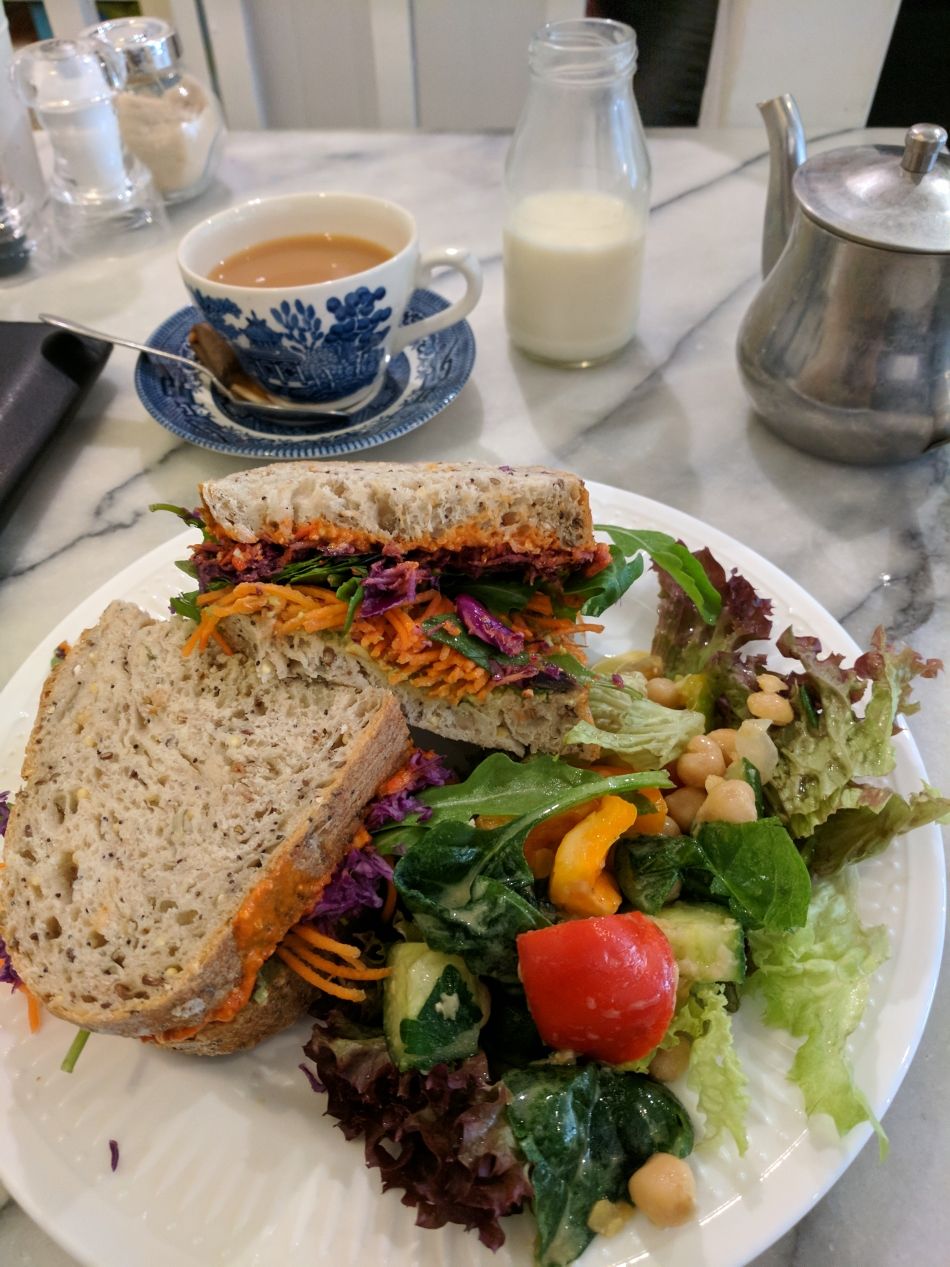DAY 1
12pm: After a comfortable journey in, begin your stay by taking some time to get your bearings.
It’s often said that one of the best ways to get to grips with a new location is to get up high – and Canterbury is no exception. The Westgate is the last remaining city gate in Canterbury, built in 1380 to guard the entrance to the city from the London road. Located at the top of the high street, on the way to the city centre when walking in from Canterbury West train station, the Westgate is now opened up to the public, offering up a glimpse of what crime and punishment was like during the last few centuries. Climb up the winding staircase to see displays of items used by the police in the early 19th century, before poking your head through into original felons’ cells built around 1830. Afterwards, it’s time to head up the stairs again, this time to a viewpoint at the top of the tower. From here you’ll be able to survey all that you’ll be exploring in more detail over the next 24 hours, from the Cathedral to Westgate Parks and the modern Marlowe Theatre. On your way out, be sure to check out the old police station cells which now make up part of the atmospheric Pound Bar & Kitchen.
1:30pm
With a slogan of ‘Eat Real Food’, Kitch cafe on St Peter's Street is on a personal mission to rustle up healthy and tasty food. Homely and unpretentious inside, the cafe is the place for students to head for brunch, with vegetarian, vegan, gluten-free and nut-free options all up for grabs. Each dish bursts forth with colors and flavors, while the drinks menu has got all corners covered. There are veggie juices, babyccinos or turmeric lattes for those who like something different (or something to throw on the old’ ‘Gram). Alternatively, teas and basic coffees cater for all your fundamental caffeine needs.

2:30pm
Punting might seem like an activity that’s more associated with the quaintness of Cambridge, but it’s also something that’s impossible to escape in Canterbury. Stalls are dotted around the main high street to lure punters in, so it’s almost impossible to miss your chance at a river-side view of the city. The Canterbury Punting Company runs 40-minute excursions from Water Lane, just off Stour Street. Pick up your tickets from the Water Lane Coffeehouse, and then flop into the boat for a chauffeur-driven guided tour. As you sit just centimetres from the water’s surface, the punter will do all the hard work, maneuvering the boat along the river and under low bridges. On your way around, you’ll pass many of the city’s hidden gems, including The King’s School which claims to be the oldest continuously operating school in the world. The Marlowe Theatre is another striking sight on the tour; it was named after Christopher Marlowe, William Shakespeare’s fellow playwright, who was born and attended school in Canterbury. Opened in 2011, the theatre has a bustling programme of gigs, well-known plays and comedy gigs from TV regulars.

4pm
Once you’re back on dry land, follow Stour Street back up to the main high street and take a right. The Beaney House of Art and Knowledge is an imposing double-fronted building overlooking the main shops, which draws the eye thanks to its striking gothic windows. It’s a centre of education in the city, named after its benefactor Dr James George Beaney, who was born in Canterbury before studying medicine and emigrating to Australia. He left money in his will to the city of Canterbury upon his death in 1891, for the sole purpose of setting up a centre for men from poor backgrounds. Today the Beaney holds the library and a cafe, as well as several exhibitions designed to showcase work from local adventurers and artists. The People & Places room, for instance, features portraits of significant local nobles and Canterbury pilgrims. Interactive, family-friendly stations throughout bring the history to life, including a dress-up activity that encourages kids (both small and of the adult variety) to parade around in wigs, medieval garments and more.